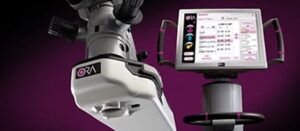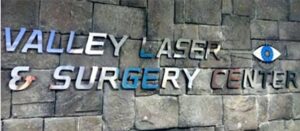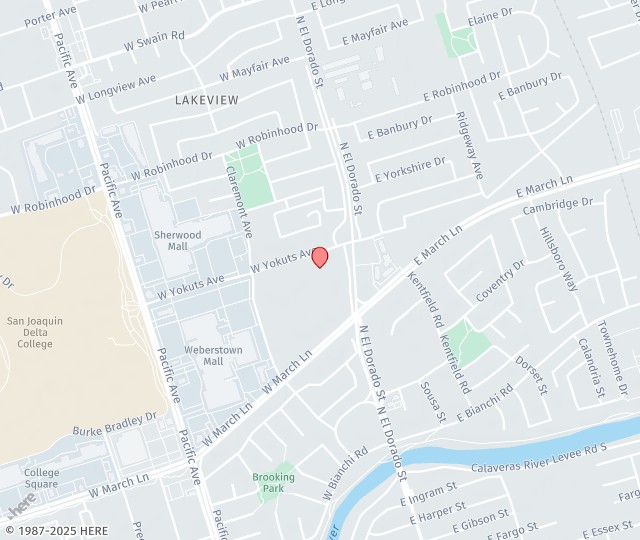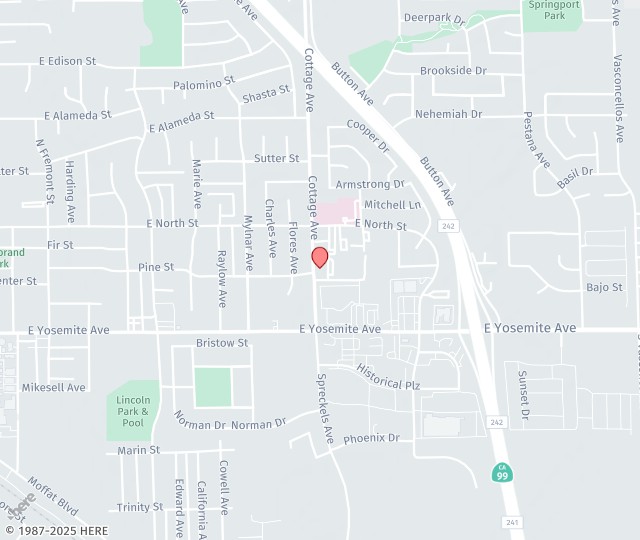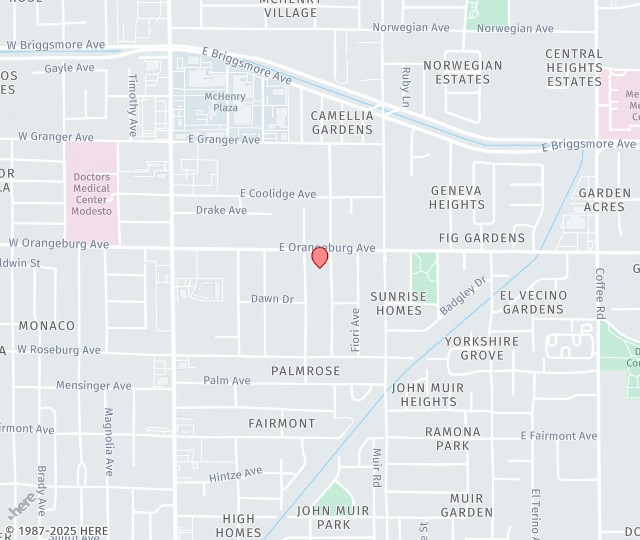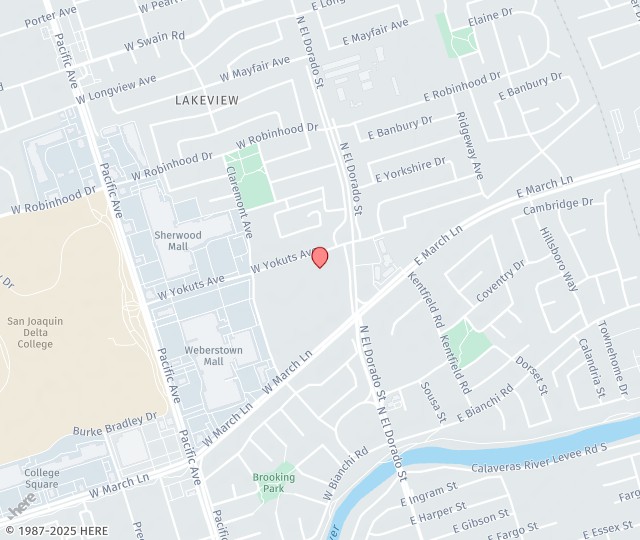A cataract is the gradual clouding of the natural crystalline lens within the eye. Cataract surgery is the procedure in which this clouded lens is removed and replaced with a new, clear lens to restore vision.
Why Choose Central Valley Eye For Your Cataract Surgery?
SURGICAL EXPERTISE
At Central Valley Eye, our cataract surgeons were all fellowship trained and are dedicated to bringing their surgical expertise to the Central Valley. They are recognized as leaders within the field and continue to actively teach ocular anatomy and/or cataract surgery to Stanford resident physicians. Together, our surgeons have completed tens of thousands of cataract surgeries and have a trusted reputation in the community. We also have fellowship trained glaucoma specialists who co-treat glaucoma at the time of cataract surgery with micro-invasive glaucoma surgery (MIGS) and traditional filtering surgeries.
ADVANCED TECHNOLOGY
Our physicians utilize the most advanced technologies for cataract surgery and strive to continually bring the best surgical innovations to our patients in the Central Valley. We are proud to provide our patients with the option of LenSx femto-second laser cataract surgery along with the Verion image-guided system to improve visual clarity, precision, safety, and lens positioning. We also utilize the latest technology in intraoperative wavefront aberrometry testing (ORA) which yields real time data validation in surgery to provide the most accurate custom lens selection. Our physicians also implant toric lenses for astigmatism management and multifocal lenses that provide both near and far vision in one lens.
Dr. Stephen Lin was featured on Cataract & Refractive Surgery Today Podcast!
SCHEDULE AN APPOINTMENT
If you would like to learn more about Cataract Treatment in Stockton, Modesto, & Manteca, CA call +1 (209) 239-5303 to make an appointment at Central Valley Eye Medical Group.
The RxSight Light Adjustable Lens – What to Expect
LASER CATARACT SURGERY
Femto-second laser cataract surgery is a new technology that replaces traditional blades and other manual steps in cataract surgery with a computer-guided laser system. All incisions, the opening of the bag holding the lens, and the initial lens fragmentation are completed with the laser. This allows for increased safety, precision, and decreased ultrasound energy required to remove your cloudy lens. The laser also allows for special incisions in the cornea, called limbal relaxing incisions, which helps to neutralize and decrease lower levels astigmatism at the time of your cataract surgery. This, in turn, provides improved glasses-free vision and decreased reliance on glasses after surgery.


ASTIGMATISM CORRECTION – CLARITY WITHOUT GLASSES
Astigmatism is an eye condition that causes your vision to be blurry and distorted when not corrected by glasses or contacts. This is due to the shape of the cornea being closer to an oval rather than a sphere. At the time of cataract surgery, lower levels of astigmatism can be treated with the femto-second laser, while larger levels of astigmatism typically are treated with the toric intraocular lens.
MULTIFOCAL – THE NEAR & FAR LENS
Multifocal lenses are considered “premium” intraocular lenses as they can decrease astigmatism like a toric lens while providing clear vision for both near and far. These lenses are designed to decrease glasses reliance and provide patients with the most spectacle independence of all the lens options. Although these lenses typically provide clear vision, they do have some trade-offs as they can cause some glare and mild blurriness with distance vision when compared to monofocal lens. These lenses are best in patients who have no other significant ocular conditions and are looking to have the lowest reliance on glasses after surgery. Learn more about “premium” intraocular lenses »

More Information On Cataract Surgery
Femto-second laser cataract surgery is a new technology that replaces traditional blades and other manual steps in cataract surgery with a computer-guided laser system. All incisions, the opening of the bag holding the lens, and the initial lens fragmentation are completed with the laser. This allows for increased safety, precision, and decreased ultrasound energy required to remove your cloudy lens. The laser also allows for special incisions in the cornea, called limbal relaxing incisions, which helps to neutralize and decrease lower levels astigmatism at the time of your cataract surgery. This, in turn, provides improved glasses-free vision and decreased reliance on glasses after surgery.
Monofocal Lens:
In traditional cataract surgery, a “standard” intraocular lens (IOL) is placed. These lenses are designed to provide clear vision in patients without astigmatism at a single set distance (either far or near, but not both). These lenses are typically an excellent option for individuals who don’t mind relying on their glasses for some of their daily activities and have minimal to no astigmatism.
Toric Lens:
Toric lenses are considered “premium” intraocular lenses as they decrease a patient’s astigmatism at the time of cataract surgery. This allows for improved glasses-free visual clarity and helps to decrease glasses reliance at one set distance. Similar to other monofocal lenses, toric lenses often require glasses to assist vision at other zones of vision (usually for reading near). Toric lenses are an excellent option for patients looking for the most optimized glasses-free clarity of vision when looking into the distance and don’t mind using glasses when reading.
Multifocal Lens
Multifocal lenses are considered “premium” intraocular lenses as they can decrease astigmatism like a toric lens while providing clear vision for both near and far. These lenses are designed to decrease glasses reliance and provide patients with the most spectacle independence of all the lens options. Although these lenses typically provide clear vision, they do have some trade-offs as they can cause some glare and mild blurriness with distance vision when compared to monofocal lens. These lenses are best in patients who have no other significant ocular conditions and are looking to have the lowest reliance on glasses after surgery.
ORA is a new technology we offer that allows a surgeon to use a wavefront aberrometer while in surgery to get real time data validation of which lens is the optimal choice for your individual eye. These intraoperative measurements provide further accuracy and precision to your cataract surgery, and help to further optimize glasses-free visual clarity after surgery.
The Verion System is a set of devices we offer, which assist your surgeon by compensating for your eye’s natural rotation during surgery. The position of your eye changes when you are upright vs when you are lying flat. This change can cause problems with lens positioning during surgery. The Verion system automatically compensates for this change by taking an image from a pre-operative photo (upright) and then registering that image with your eye during surgery (lying flat). The Verion Image Guided System provides your surgeon with a real time intraoperative image guided orientation of the eye, leading to optimized lens positioning and vision.
Cataract surgery alone often can lower intraocular pressures. However, cataract surgery provides a unique opportunity to co-treat your glaucoma with one of the newer micro-invasive glaucoma surgeries (iStent trabecular meshwork bypass, Cypass suprachoroidal shunt, or dual blade goniotomy), or with traditional filtering surgery. These are typically covered by insurance and help to lower your intraocular pressures to better control your glaucoma after surgery.
At the time of cataract surgery, lower levels of astigmatism can be treated with the femto-second laser, while larger levels of astigmatism typically are treated with the toric intraocular lens.
Before your surgery, you will talk to a surgical scheduler to find a date for your surgery and a second appointment to come in for your pre-operative cataract measurements. These measurements provide your surgeon with the necessary information to ensure you get the ideal lens placed within your eye during your cataract surgery. Typically, you will be asked to start some of your surgery medication drops prior to surgery. You will also be asked to not drink or eat after midnight the day of surgery (except for a sip of water with your typical medications on the morning of surgery).
As a patient, you should not drink or eat after midnight the day of surgery (except for a sip of water with your typical medications on the morning of surgery). You will arrive at the outpatient surgery center and receive medicated eye drops to numb your eye and dilate your pupil. You will meet your surgeon, who will answer any remaining questions, and an anesthesiologist, who will typically provide light sedation so that during surgery you will be awake but relaxed and comfortable. The surgery itself typically lasts between 10-20 minutes, but expect to be at the surgery center for 2-4 hours.
The patient arrives at the outpatient surgery center and receives medicated eye drops to dilate the pupil and to numb the eye. An anesthesiologist typically provides light sedation, so that the patient is conscious and breathing, but very relaxed. Small incisions (between 1 mm and 2.4 mm) are made in the side of the cornea (the clear front part of the eye). Through these incisions, small instruments are passed into the front of the eye. One of the instruments uses ultrasound energy to safely break up the cloudy lens into small particles, a process called “phacoemulsification.” The lens particles are then easily removed from the eye using the instruments. Once all the lens particles are removed, an artificial lens, specifically selected for the patient, is rolled up and inserted through the small incision in the cornea. The lens then unrolls inside the eye. After a final clean-up of any remaining lens particles, the surgery is complete. The small incision size doesn’t typically require any stitches; it seals water-tight and will heal on its own.
After your surgery, you will have a clear plastic shield over your operative eye. You will wear this shield until it is removed the following day by the eye doctor. Your vision may be blurry for the first several days, however this will rapidly improve. Although each surgeon has different preferences, typically you will be instructed to not rub your eye, lift heavy weights, and/or bend over for the first week after surgery. You will start eye drops after your visit to your doctor the day after your surgery. Typically you will use these medications for two to four weeks.
Standard cataract surgery, with a monofocal lens, typically provides clear vision at one set distance, usually “far” vision. It often requires glasses at other distances (usually for “reading” or “near” vision). However, newer advances now give patients the option to consider a multifocal lens at the time of cataract surgery. These multifocal lenses provide both near and far vision with decreased reliance on glasses. Although these lenses do have some drawbacks, which should be discussed with your physician, they give patients the best level of spectacle independence of all the lens options.
Once removed, the cataract will not return. The artificial lens placed within the eye lasts forever and does not typically need to be replaced. In a minority of patients, a thin film of tissue can grow across the back surface of the bag that holds your new artificial lens, causing some blurring of your vision. If this occurs, it is easily and painlessly corrected with an outpatient laser procedure (YAG capsulotomy) that takes less than 5 minutes.
Insurance will cover the cost of traditional standard cataract surgery. However, insurances do not typically cover the cost of laser cataract surgery and the implantation of premium lenses, including the toric lens and the multifocal lens.
As with any surgery, cataract surgery does come with some risk. However, the risk of a severe complication is lower than one percent, with most complications being easily managed and not affecting your final visual outcome. Some of the rare risks include:
- Inflammation
- Infection
- Bleeding
- Swelling
- Drooping eyelid
- Retinal detachment
- Glaucoma
- Loss of vision
